Sound performance
For this review, I used a mix of DAP and DAC/AMPs. The good old FiiO M6, which remains the king of budget players, the Chord Mojo, a great all-rounder even today, and the all-new iBasso DX220.
Most files used were 16bit/44kHz files streamed from Qobuz/Spotify or Hi-Res files, from the internal storage.
Overall signature
Good news, the Simgot EK3 is definitely better than the EM3. Dynamic is good, the soundstage is pretty wide and as usual with balanced armatures IEM, the overall accuracy is superb. I found the EK3 a bit to dry at first, but after a few hours, it seemed to break-in. That, or my ears got accustomed to the sound. Ok, probably that.
The EK3 was easily scalable, the better the source, the better the sound. It may sound simple, but this is not always the case, and you could mix an astounding DAP/DAC with some IEM, never to have them sound as intended. A good example for me would be the Audeze EL-8C. It sounds, sub-par on every good amp I own, and work only with ONE specific no-name DAC/AMP.
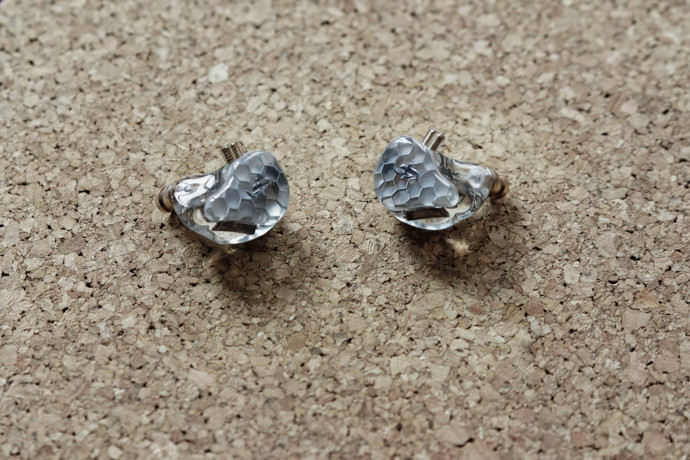
With the Simgot EK3, it’s the opposite. It sounds great, on every DAP/DAC or source I own. Even on my iPad, without any external DAC/AMP, I enjoyed a good amount of micro-details. Obviously, once properly driven, it gives you the true audiophile experience: superb layering, a flow of micro-details and cutter-sharp precision.
The Tuning
As I said before, the Simgot EK3 offers four different kinds of signatures. So, is it truly effective ?
Fortunately, yes. When I received the IEM, both toggles were turned down and once I refer to the box, I knew this was supposed to be the “exquisite-vocal” mode. Unsurprisingly, this mode delivers sparkling highs, or more precisely upper-mids. The peak around 8kHz is immediately noticeable, it even outshines the rest of the spectrum.
On the bright side (pun intended), this mode is the one you should stick with if you like wide soundstage.
If you’re a bass-head, just switch on the first plug and the EK3 will get a slight bass boost. To be fair, I didn’t hear a massive difference. Sure, there is a difference around 100Hz, with a slight bump, but it’s outshined by the upper mids in my opinion. It’s not V-shaped either, more like a W shaped signature. Not what I’d go for, if I had to choose, I’d prefer to stick with the 1st option.
The opposite setting, labeled “Balanced Tuning” delivers exactly as intended: it tone down the upper-mids, so the Simgot EK3 can sound more… balanced.
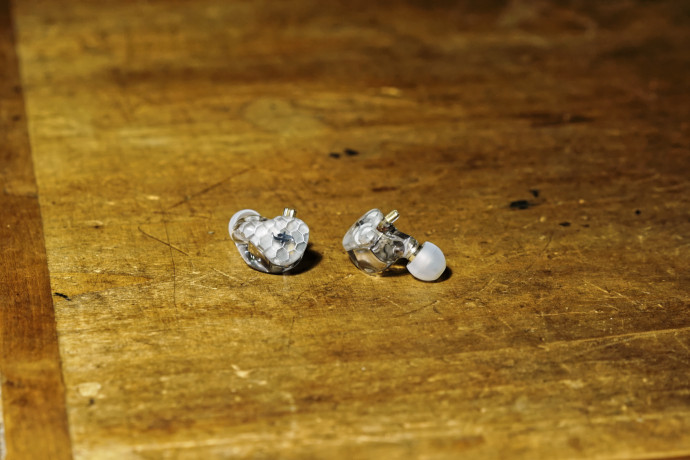
It’s not perfectly flat, but it’s much more usable on a daily basis. You exchange a small portion of the soundstage for a leaner sound signature. Obviously, this should be the obvious choice, even more if you like to play with DSP like me.
My advice ? Use the EK3 in unbalanced tuning mode, then activate the BBE Mach3Bass effect on a Plenue D2.
Last but not least, you have the “exquisite tone”. Tamed upper mids and a slight boost on the lower mids, equal mildly V-shaped sound signature. This was my favorite setting, of all. The voices feel a bit recessed but that’s the only drawback. Better layering, a tad less noise and, wide soundstage with just enough kick in the bass. No, for me, this should be the default setting.
Still, this is not a flamboyant IEM with the thrilling trebles of the Hidizs NF-3U or powerful bass like the Fearless S6 Rui. It’s one of those ears which grow on you each time you listen to them. It’s not deceptive either, it’s supposed to sound good and… it does.
On page four you’ll find the last part of this review. Click here!
Tonality
Highs : almost sibilant by default. The Simgot EK3 put the emphasis on high frequencies, that’s a fact. Some might like this kind of bright signature, some won’t, like me. Yet, if you activate the balanced or exquisite mode, the applied correction retains a high level of detail while saving your hearing.

The first 15-seconds of Megla, are a good test. If you don’t clench your teeth after those 15 seconds, in default mode, you really like to get high. If you do, then turn on the switch number.
Good test-track: Megla – Megla EP – Ichisa
Mediums : sharp and balanced. Voices are clear, mids are balanced and even heavy-saturated guitars never put the EK3 to shame. When the EM3 felt a bit too distant, that’s not the case here and vocal Jazz (one of my favorite genre) is a real pleasure to listen too.
Of course, acapella or acoustic tunes with the IEM, are a joy ride.
Good test-track : Wings – (04:30) Idler – Jamie Isaac
Lows : deep and clean. Sure, the Simgot EK3 can’t offer you the same bass as dynamic driver IEM. Still, it would be unfair not to mention how good they sound. It’s a dry bass with a small bump in the low-mids (once the Switch Number 1 is on) and that’s exactly what makes it cool.
I’m a big fan of the Fearless S6 Rui, for the bass, but if you’d prefer a softer signature, get this one.
Good test-track : Hyrdogen – M.O.O.N
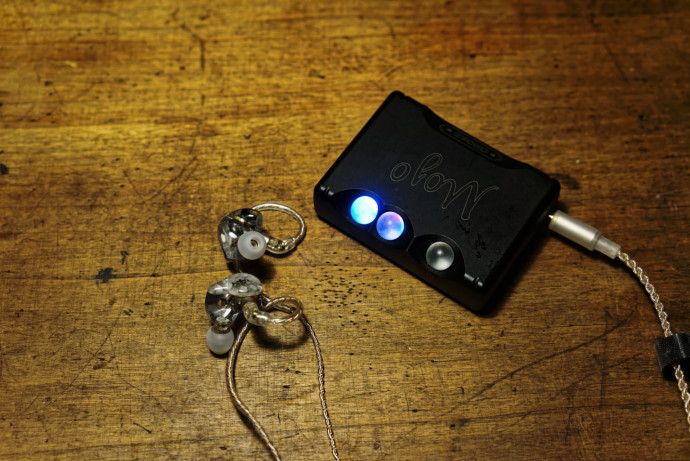
Sensitivity / Hiss
The Simgot EK3 were not especially hard to drive. Even with my phone, I could reach high volume at ease. It’s not especially prone to hiss, even if with the Chord Mojo, there is some tiny background noise when no music is playing. Yet, unless your source is especially noisy, there should be no issue.
Association
Simgot EK3 + FiiO M6 : the perfect lightweight combo, everyone should have one of this in their pocket. The Sabre DAC gives plenty of dynamic and the Simgot EK3 pairs nicely. At this price point, there is a lot of candidates but this IEM might be one of the top choices, with BGVP.
Simgot EK3 + Chord Mojo : loved by (almost) everyone, the Chord Mojo gives a lot of details once combined with the EK3. The soundstage is a tad narrow but that’s a fair trade to enjoy the magic of FPGA.
Simgot EK3 + iBasso DX220 : technically, it’s the best combo. By far. The iBasso DX220 is, for now, the best player from the brand, giving the EK3 all the tools to reach higher grounds.
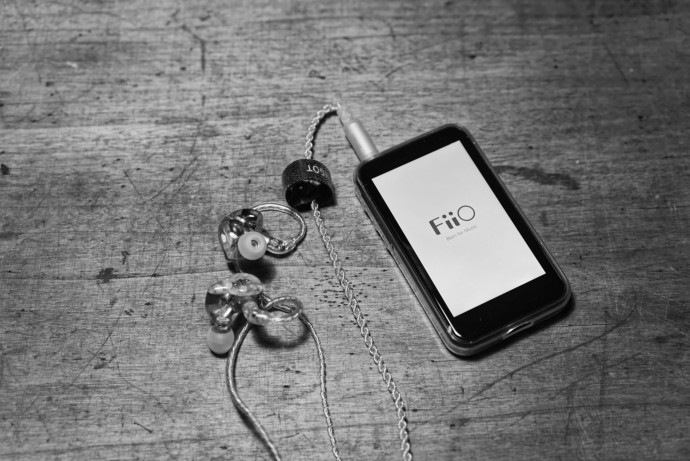
Comparisons
Hidizs NF-3U : I’m a big fan of this IEM, especially for the highs. The Simgot EK3 is a bit more mellow, with a warmer sound, all thanks to the slight bump on the lower mids. If you can, you should compare those two IEMs, head to head.
BGVP DM6 : I consider the DM6 to be the top player in this price range. It boasts sharp mid, astounding accuracy at a relatively low price. The Simgot EK3 gives you almost all of that, but remains a bit under on the lower end of the spectrum.
Fearless Crystal pearl : another good contender. The gap is even tighter when you compare the Crystal Pearl and the Simgot EK3. The latter takes the lead, with the lows this time. It’s a more consistent from 100Hz to 40Hz, and if you like electro songs, the additional driver is not too much.
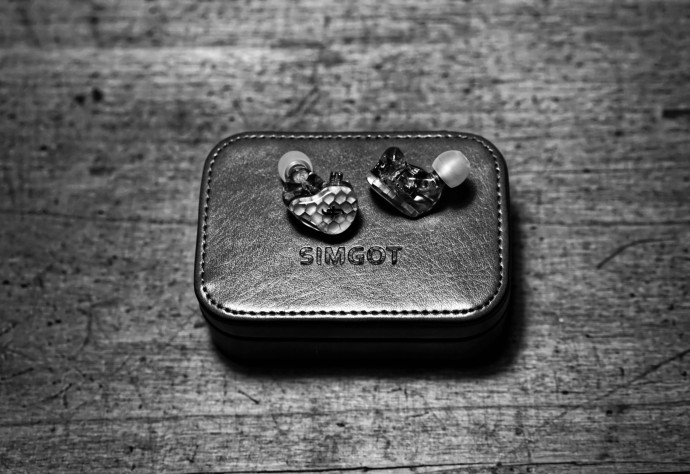
Conclusion
The Simgot EK3 is the EN700 Pro successor we waited for. The build quality is perfect, comfort top-notch, and the unique design makes them unmistakingly noticeable.
Is the tuning system efficient? It is. Even though, you’ll mostly use it once, to put the EK3 in the mode that suits you the most. Exactly like the driving mode in a car, you’ve got plenty of choices, but you always end up using only one of them.
Still, if you want a superb IEM, offering good performance without a complicated name, the Simgot EK3 is a sure choice.





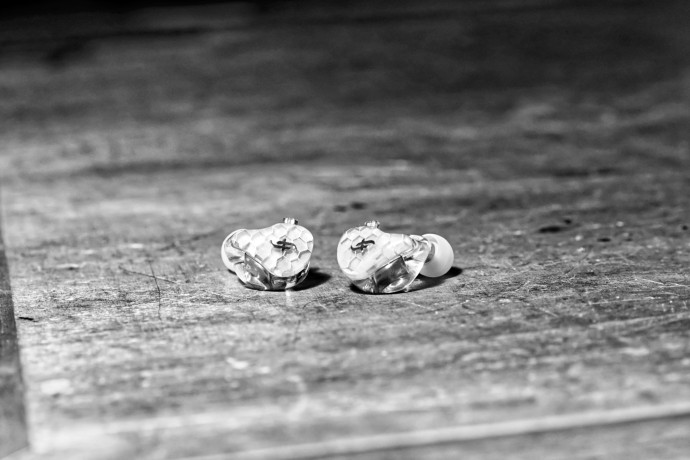
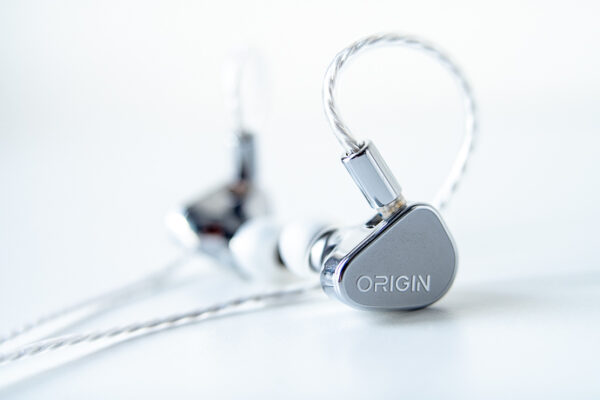
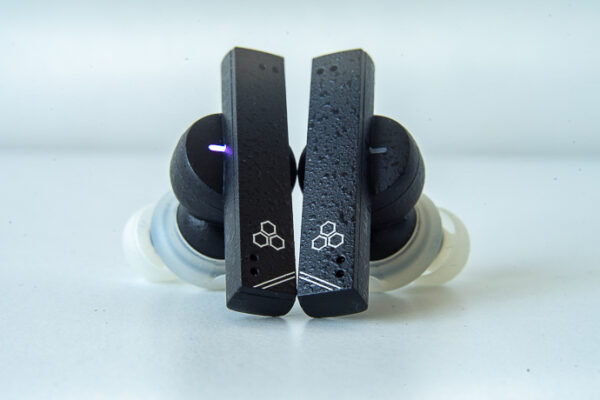
Manish D.
I have the Simgot EK3 ($360), the BGVP DM6 ($199), and the Monoprice MP80 ($80)… they’re all amazing for the price point… and yes, you do notice a difference.
The MP80 were a good intro into the IEM market, solid build, 3 tuning nozzles for different audiophonic preferences, work with multitude MMCX accessories… great sound and get pretty loud before you start hearing distortion.
And then I got to hear the BGVP DM6… better sound for sure than the MP80… more balanced, distortion free at a very loud setting, definitely better sound stage than the MP80. You cannot go wrong with these if your budget is <$200.
Then I got the Simgot EK3… Oh wow! With the tuning settings built-in, you have a combo of the above with the tuning preference, and the amazing soundstage. Each type of sound comes through in the music I listen to… stuff I didn't notice before as much even with the two above (but especially with something like airpods or mid-end Sony or something comparable). But like I said, it's a budget issue… I was lucky to get the right ones at the right price points to be able to tell the differences in each.